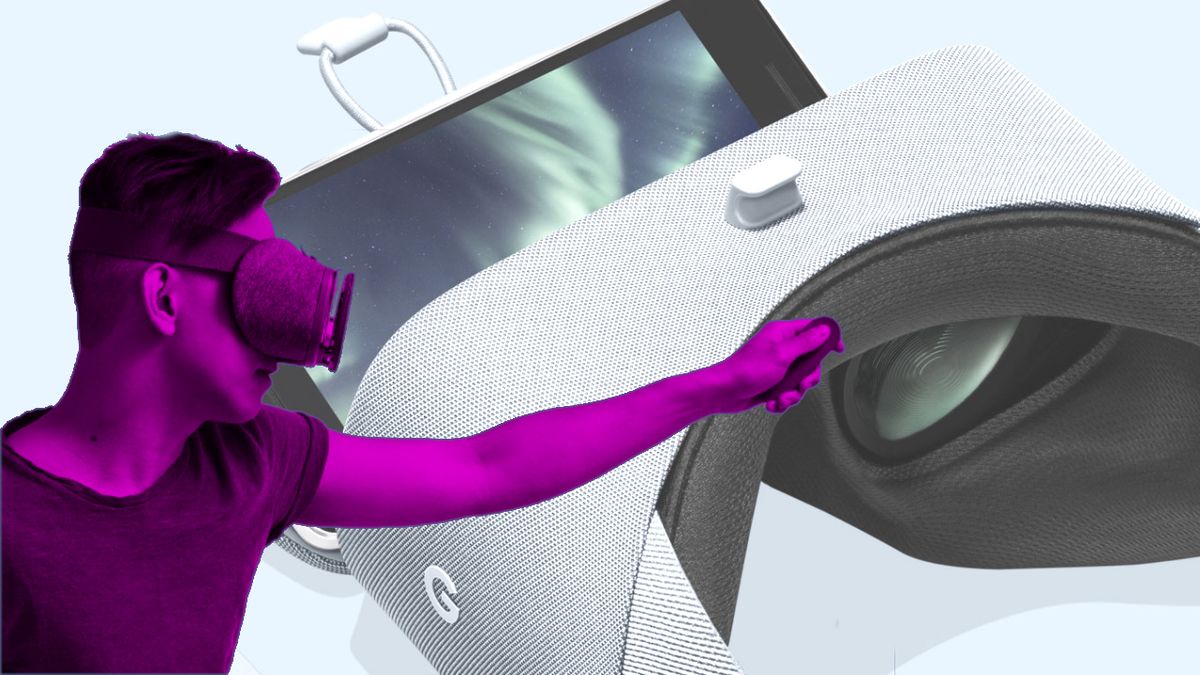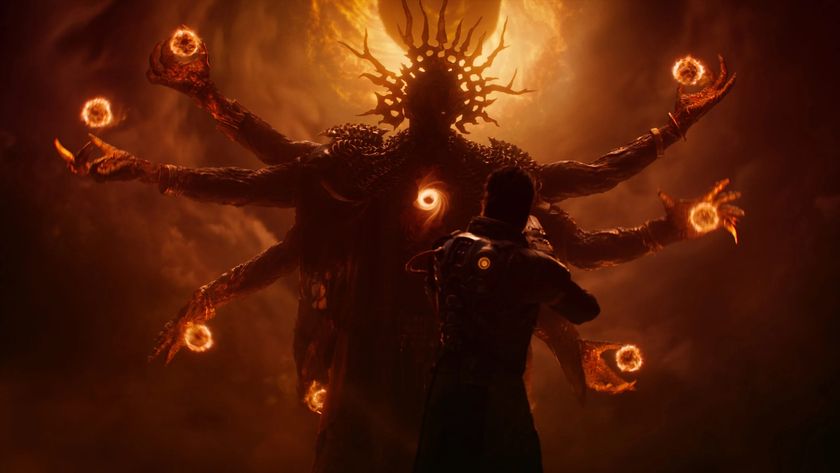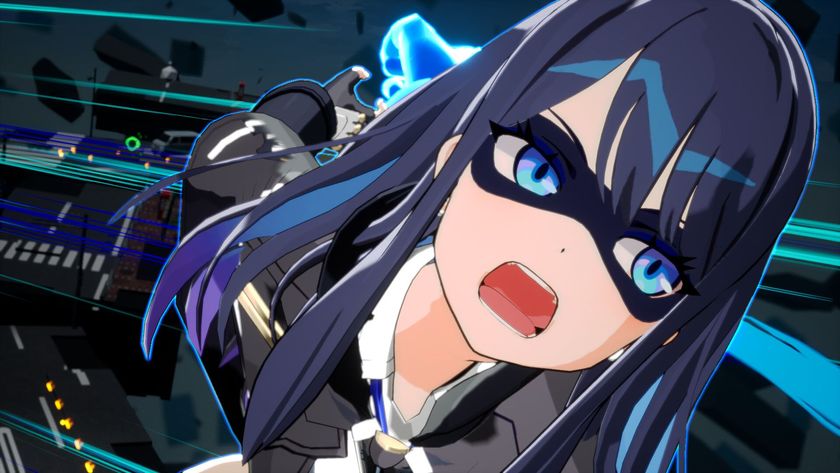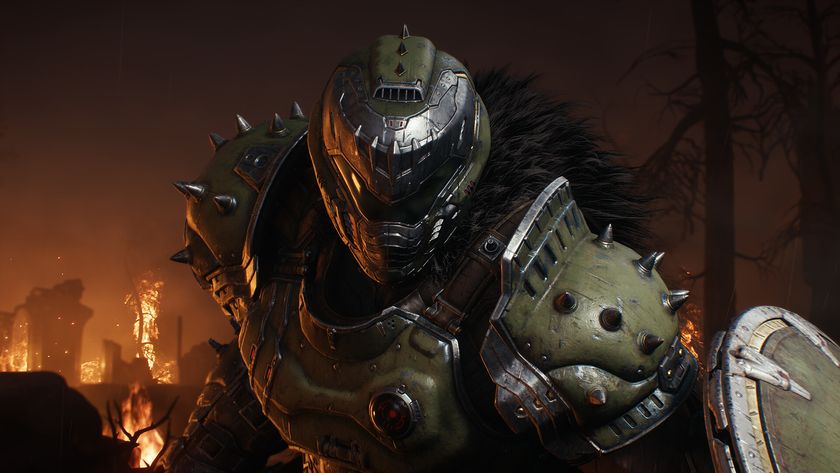Google is counting on people like you to bring about the VR revolution
The Pixel 2 isn't just for selfies - it's Google's latest weapon in the war to bring virtual reality to the masses

When Google launched the Pixel 2 last month, all the big talk was about its potential to topple Apple's efforts with its brilliant camera and AI capabilities. But one of the most interesting features for gamers is the optional Daydream View VR headset.
Yes, it still make you look kind of funny, and leaves you open to surprise wedgie attacks from roommates - but it's also one of the most accessible ways to try virtual reality for the first time, offering a gateway to experiences like Layers Of Fear: Solitude or Untethered. Add to that the fact that Google snapped up Job Simulator studio (and all-around VR geniuses) Owlchemy back in May, and it's clear that Google sees gamers as playing a huge part in the future of VR. We spoke to to Google's Maria Essig in charge of business development for Daydream Gaming, about why the future of virtual reality could live in your pocket.
12DOVE: It feels like Google is really investing in virtual reality; what part does gaming play in that?
Maria Essig: The gaming community - both the developers and players - thrive on new challenges. They're always looking to experiment with the latest mechanics, platforms, and ways to have a better experience. Gamers are currently some of the most passionate adopters and advocates for VR.
Do you see your role as creating VR content, or enabling others do so?
We focus on ways to empower the Daydream development community. We want to help them and their creation by offering powerful and easy-to-work-with tools - everything from Blocks and Poly, to Daydream SDKs, Daydream Elements, and more.
How do the Daydream and the new Pixel make for the best VR experiences?
With the new Daydream View and Pixel 2, we’re really proud of the comfort from the updated design and performance, so you can enjoy even longer sessions, which is great for gaming. It’s great to see developers expanding their immersive worlds and storylines. Like with Beartopia, a multiplayer animal crossing game, So Let Us Melt, an interactive experiential journey, and award-winning games such as Virtual Virtual Reality and Eclipse: Edge of Light.
What was the reasoning behind acquiring Owlchemy? What appealed about their VR games?
Owlchemy Labs is a highly talented and awesome team. [They've] been putting a lot of thought and energy into interactivity in VR, and we’re learning from each other.
Google’s mission is to make information and technology accessible to as many people as possible
Maria Essig
The Daydream and Pixel 2 seem designed to make VR accessible to a wide audience - why go that route instead of high-end?
Google’s mission is to make information and technology accessible to as many people as possible. Smartphone-based VR, as well as Cardboard, both grew from that mission. Every year, as mobile phone technical capabilities improve, these experiences get better and better.
Sign up to the 12DOVE Newsletter
Weekly digests, tales from the communities you love, and more
What do you think the next few years look like for VR, and gaming specifically?
There’s huge potential to create social and collaborative experiences in games that go beyond 'traditional' multiplayer mechanics. I think the development community will focus more on nonverbal communication between players, such as facial expressions, gestures, eye movement, and the use of space. And we’ll likely see growth of competitive gaming in VR.

Rachel Weber is the former US Managing Editor of 12DOVE and lives in Brooklyn, New York. She joined 12DOVE in 2017, revitalizing the news coverage and building new processes and strategies for the US team.
Most Popular







